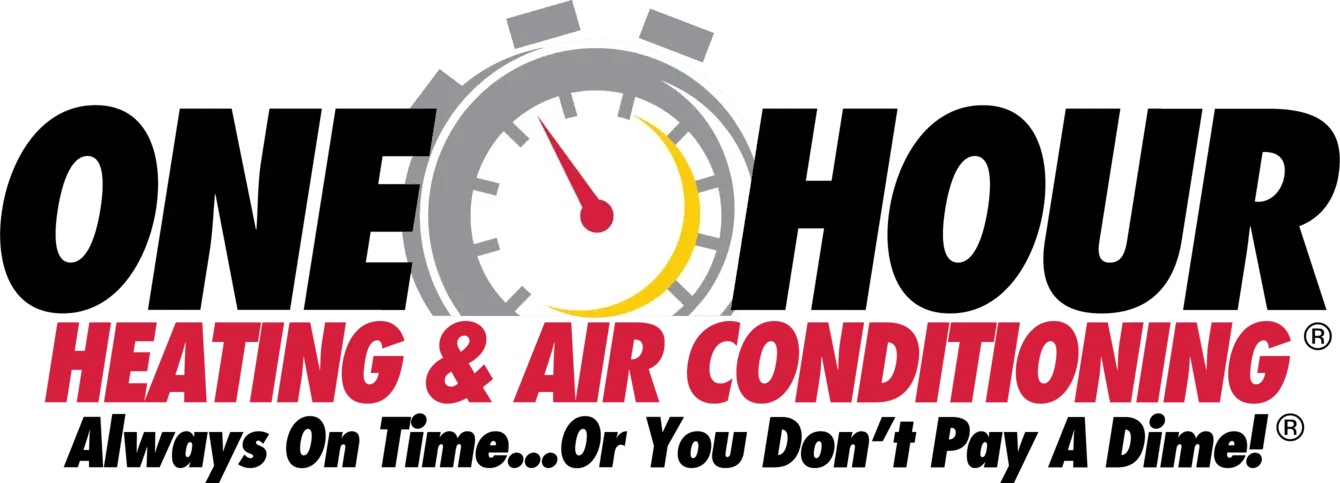Don’t Wait for the Chill: Why Fall Is the Best Time for a New Furnace Installation in NJ
As autumn settles over New Jersey and the crisp air hints at the coming cold, many homeowners start preparing for winter. One of the most important home systems to evaluate before temperatures drop is your furnace. If it’s aging, inefficient, or struggling to heat evenly, the fall season offers the perfect opportunity to replace it. Installing a new furnace in the fall lets you plan ahead, take advantage of lower demand, and ensure your home stays cozy when the first frost arrives.
1. Avoid the Winter Rush
Every year, as soon as the first truly cold week hits, HVAC companies across New Jersey see a spike in emergency calls and installation requests. By then, contractors’ schedules are packed, parts are harder to source, and homeowners can end up waiting days or even weeks for service. If you wait until your old furnace breaks down in mid-January, you’ll be competing with everyone else in the same situation. Scheduling your furnace installation in the fall prevents that stress. You’ll have a broader choice of appointment times, more flexibility, and less chance of being stuck without heat when temperatures plunge. You can also take time to evaluate your new system’s performance before it becomes critical. Turning on the furnace in the fall helps ensure that air distribution, thermostat calibration, and ductwork are all functioning properly. If an adjustment is needed, your HVAC technician can handle it quickly, long before the coldest nights of the year arrive. Being proactive saves you time and headaches later. Think of it as an investment in peace of mind: when the first real freeze hits, your system is already tuned, tested, and ready.
2. Take Advantage of Seasonal Savings
Another major advantage to scheduling your furnace installation in the fall is financial. The early fall months are considered a “shoulder season” in the HVAC world, after the summer cooling rush but before peak heating demand. During this slower period, many HVAC manufacturers and local contractors offer special pricing, rebates, or financing incentives to fill their schedules and move inventory. For example, manufacturers often roll out rebates on high-efficiency models with strong Annual Fuel Utilization Efficiency (AFUE) ratings, usually 90% or higher for ENERGY STAR® qualified furnaces. Choosing a high-efficiency system means that up to 90–98% of the fuel you pay for is converted directly into heat for your home, compared to only 60–80% for older units. That upgrade alone can lower your monthly heating bills by as much as 20–30% depending on usage and energy rates. Because demand is lower in fall, you’ll also have a larger selection of furnace models, sizes, and fuel types available. Waiting until mid-winter can leave you with fewer options and potentially higher costs as supply chains tighten. Planning ahead lets you compare long-term operating costs, warranties, and available rebates to get the best deal possible. Fall is also a great time to ask your HVAC company about utility or state energy-efficiency programs. New Jersey Clean Energy Program®, for example, often provides incentives for upgrading to efficient gas furnaces and smart thermostats. Combining these offers with seasonal discounts can save hundreds of dollars on a new system installation.
3. Enjoy a Stress-Free Installation Experience
Scheduling an installation in the fall gives both you and your HVAC technician the luxury of time, something that’s scarce once temperatures drop. Technicians aren’t under the same pressure to juggle dozens of emergency calls, which means they can focus on quality installation, proper system sizing, and detailed testing. The result is better long-term performance, efficiency, and safety. When contractors aren’t rushed, they can thoroughly inspect your ductwork, check for leaks, evaluate insulation levels, and verify that venting and combustion air supply are correct for your new system. They’ll also have time to explain your new unit’s operation, thermostat programming, and maintenance requirements. That extra care ensures your system is optimized for comfort and efficiency before the heating season peaks. Another benefit of installing early is that you’ll get to know your new furnace’s quirks, how quickly it heats up, what settings feel best, and how your thermostat responds, without worrying about freezing conditions. By the time December arrives, you’ll be fully comfortable with your system and confident in its reliability.
4. Upgrade to Improved Energy Efficiency
If your furnace is 15–20 years old, even if it still runs, it’s likely far less efficient than today’s models. Over time, heat exchangers and burners lose efficiency, and technology has advanced significantly. Modern furnaces feature sealed combustion chambers, variable-speed blowers, and modulating gas valves that automatically adjust heat output to match demand, resulting in smoother, quieter, and more energy-efficient performance. By upgrading in fall, you’re ahead of the curve. You can take your time reviewing efficiency ratings and selecting the right system for your home’s size and needs. Choosing a furnace with a higher AFUE rating (for example, 95%) means that only 5% of energy is lost as exhaust. Pairing that with a programmable or smart thermostat can enhance savings even further by allowing precise temperature control and learning your family’s schedule. In addition to lower energy bills, a new furnace helps reduce wear and tear on your system and your home’s electrical components. Many new models also pair seamlessly with add-ons like whole-home humidifiers or advanced air filtration systems, upgrades that make your home’s air cleaner and more comfortable all season long.
5. Experience Greater Comfort All Winter Long
Comfort is about more than temperature; it’s about consistent warmth, balanced airflow, and healthy indoor air quality. Older furnaces often struggle with uneven heating, noisy operation, and dry indoor air. A modern, properly sized furnace installed by a professional can solve these issues by distributing heat evenly and maintaining optimal humidity levels. Variable-speed motors and modulating burners help maintain steady temperatures and minimize the “blast of hot air” effect common with single-stage systems. Meanwhile, integrated filtration and humidity control improve indoor air quality, reducing dust, allergens, and static electricity. If you’re a pet owner or someone with allergies, this upgrade can make a noticeable difference in your comfort and well-being. Replacing your furnace in the fall also means your system will be ready to handle the full winter season efficiently. No scrambling for emergency repairs, no cold nights waiting for a technician, and no guesswork about whether your aging system will make it through another year.
6. Plan Ahead With Professional Assistance
While online tutorials make furnace replacement seem tempting as a DIY project, it’s not worth the risk. Modern heating systems require careful setup of fuel connections, venting, electrical wiring, and airflow calibration, all of which must meet local and state building codes. Improper installation can reduce efficiency, void your warranty, or even create safety hazards like gas leaks or carbon monoxide exposure. Working with a licensed HVAC professional ensures your furnace is installed safely, sized correctly, and optimized for your home. Professional technicians can also help you register your warranty, apply for rebates, and schedule future maintenance visits to keep your investment in peak condition. At One Hour Heating & Air Conditioning in Manalapan, NJ, our team provides expert furnace installation, maintenance, and repair services for homeowners throughout the region. We specialize in helping families prepare their homes for winter, on time, on budget, and with complete confidence. Contact us today to schedule your furnace replacement and enjoy a warm, worry-free season ahead.















